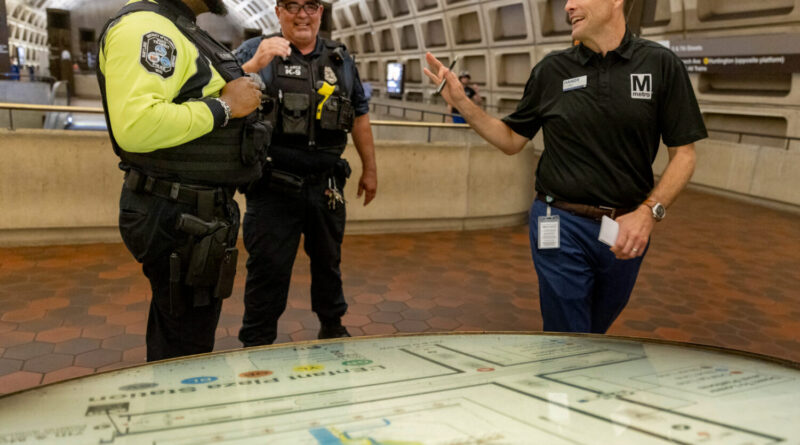Vance Defends Public Vigilantism in Controversial Transportation Murders
JD Vance, the Vice President, has recently stepped into a heated discourse concerning the fatal stabbing of a young Ukrainian immigrant in North Carolina. Controversially, he drew comparisons to another infamous public transit incident, implicitly advocating a form of vigilante justice. Vance alluded to the actions of Daniel Penny in a New York City subway debacle, implying that Penny’s stance should have been praised rather than condemned.
Back in 2023, the NYC subway incident sparked considerable controversy. Daniel Penny, a White Marine veteran, clashed fatally with a homeless Black man, Jordan Neely. Neely, undergoing a mental health breakdown, was said to have displayed erratic behavior, which Penny met with lethal force. The harsh reality of a mental health crisis met with deadly reprisal stirred significant public outcry.
In a distressing incident in Charlotte, North Carolina, Iryna Zarutska, donned in her local pizzeria uniform, fell prey to an unexpected attack on a train in late August. Closed-circuit television footage displayed a man seated right behind her rising abruptly, swinging an arm, and brutally slicing her neck and upper body. The horrifying scene concluded with Zarutska shielding her face as she blacked out.
The perpetrator, Decarlos Brown Jr., was apprehended and charged with the heinous act. Brown was described as a destitute man with a known history of mental illness. Brown’s mother, amidst his increasingly violent inclinations, had him go through a psychiatric examination that diagnosed him with schizophrenia.
The tragic end of a young 23-year-old woman at the hands of a Black man with criminal antecedents has ignited vehement debates among conservatives. These debates favor President Donald Trump’s firm stance on curtailing metropolitan crime rates, advocating for extensive incarcerations and longer sentences.
President Trump, the White House Press Secretary Karoline Leavitt, and their allies have focused their attention on the Zarutska case. They assert her untimely death as evidence of U.S. cities’ escalating danger, overlooking nationwide statistics that suggest the contrary – a decrease in violent criminal activity in many regions across the nation.
The New York incident has remained controversial, with questions looming over Neely’s actual threat level. It was asserted that Neely had been verbally aggressive but refrained from physically assaulting anyone. The uncertainty over the fairness of Penny’s judgement in the situation contributed to the controversy.
Following the course of events, Penny faced the judicial system and was subsequently given legal clearance by a New York jury. The acquittal stirred opposing reactions, with some advocating Penny’s stance while others questioned the justice in the verdict.
Both cases, though geographically and contextually distant, have drawn similarities in the public’s eye due to their shared thread of mental health and racial undertones. Vance’s intervention in these cases has drawn attention to the contentious intersections of such incidents and their far-reaching implications.
With the increasing prevalence of homelessness and mental illness among the public, these incidents have reignited a needed conversation about the handling of such crises in public spaces. Furthermore, the role of citizenship and vigilante justice, as publicly mooted ideas, present uncertainties about the state of public safety.
The examination of these cases reveals the complexities of public safety in the context of mental health crises and homelessness. Advocates argue that interpersonal fear and vilification of minorities, particularly those suffering from mental health conditions, further complicate the issue.
Vance’s commentary on the public transit killings exposes broader societal issues and tensions. The stark contrast of public opinion reflects not only on the justice system but also the ways society grapples with mental health, vigilantism, and racial biases.
In the wake of these tragedies, questions continue to arise concerning societal perception of public safety measures, mental health concerns, and racial assumptions. While these violent incidents undeniably amplify fear, they also entail an opportunity for society to reflect and attend to these deep-seated systemic issues.


